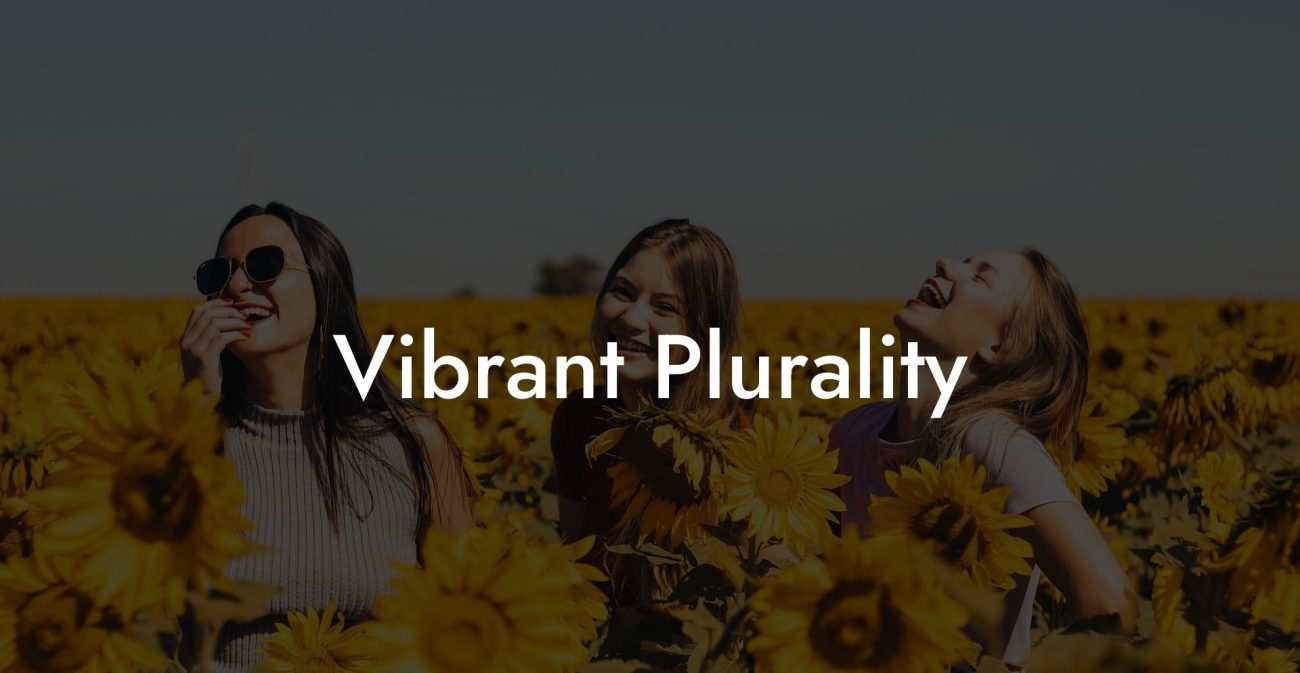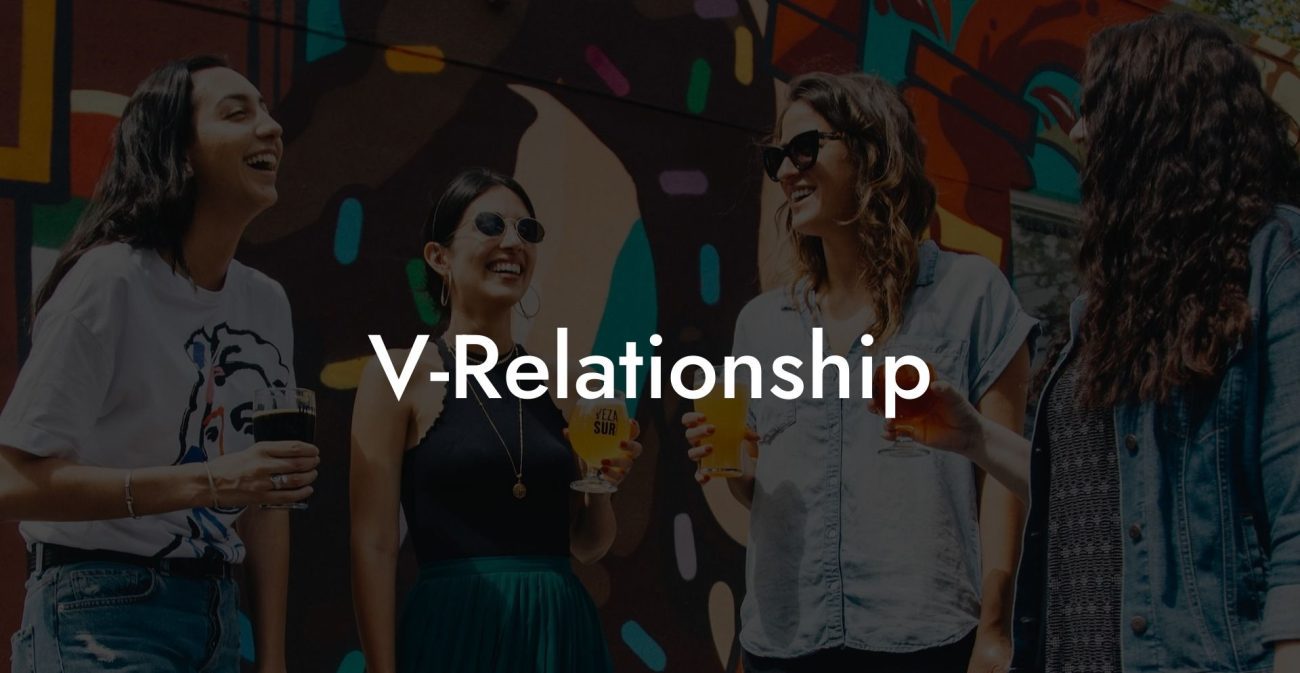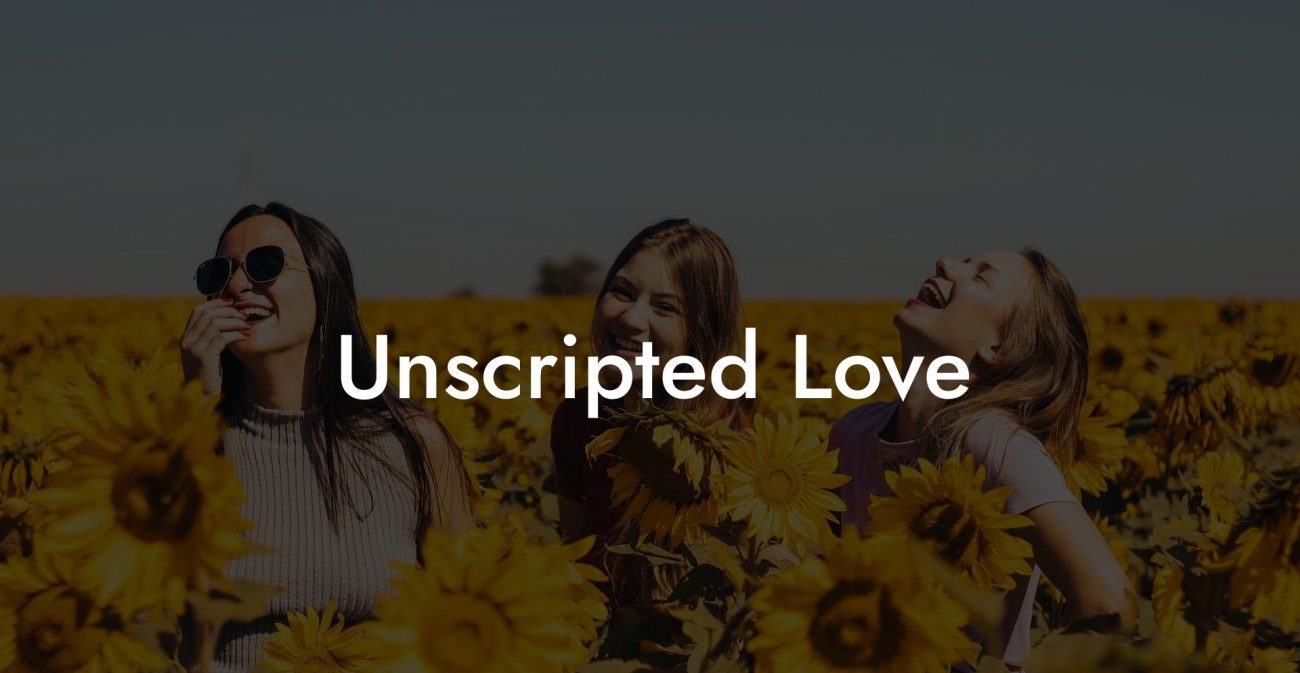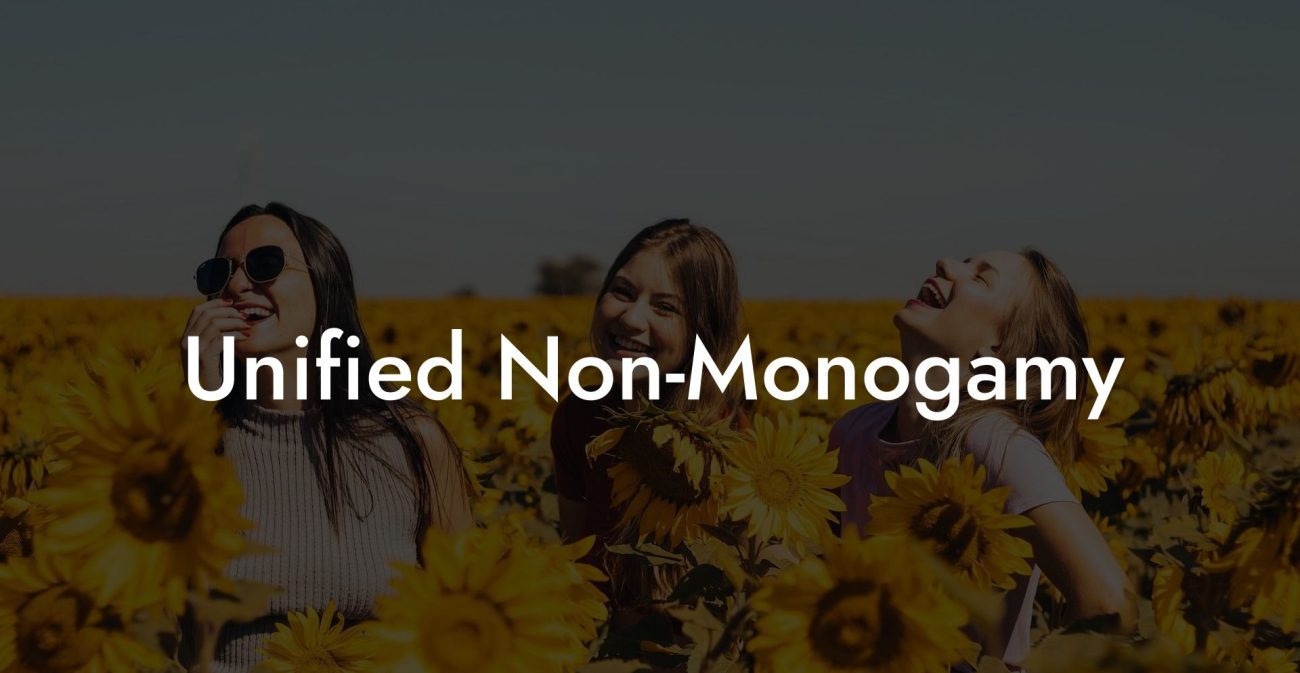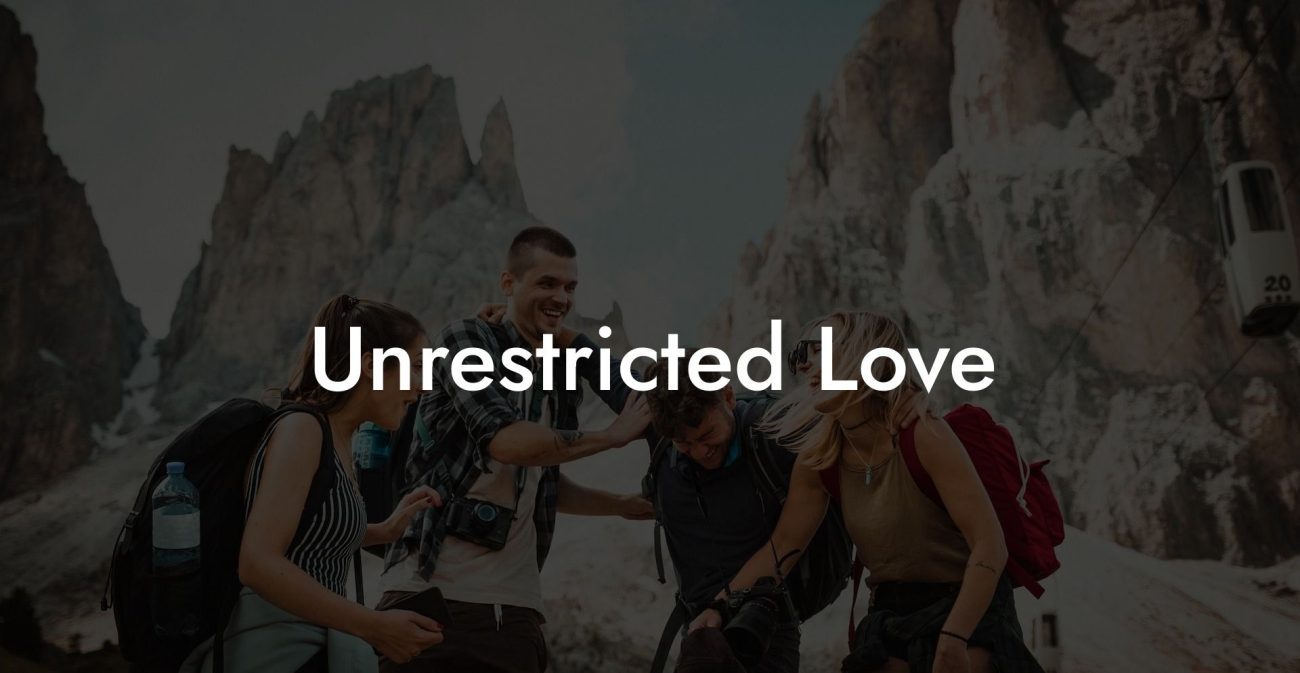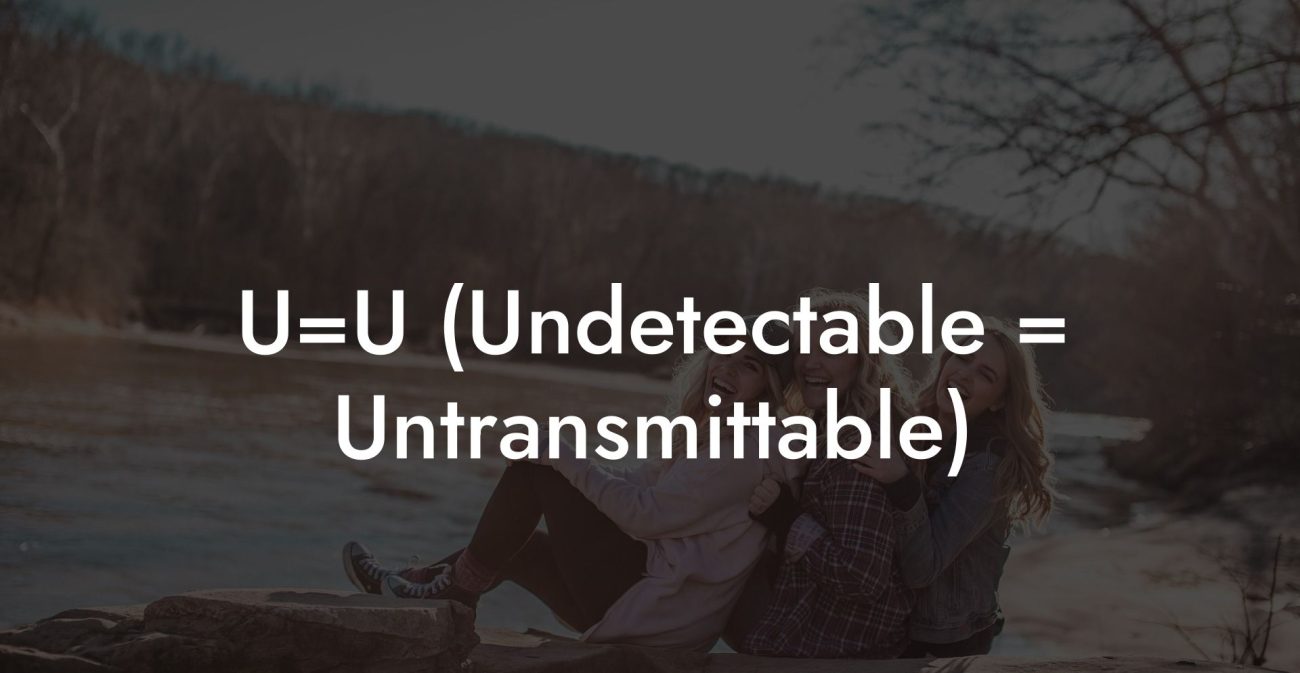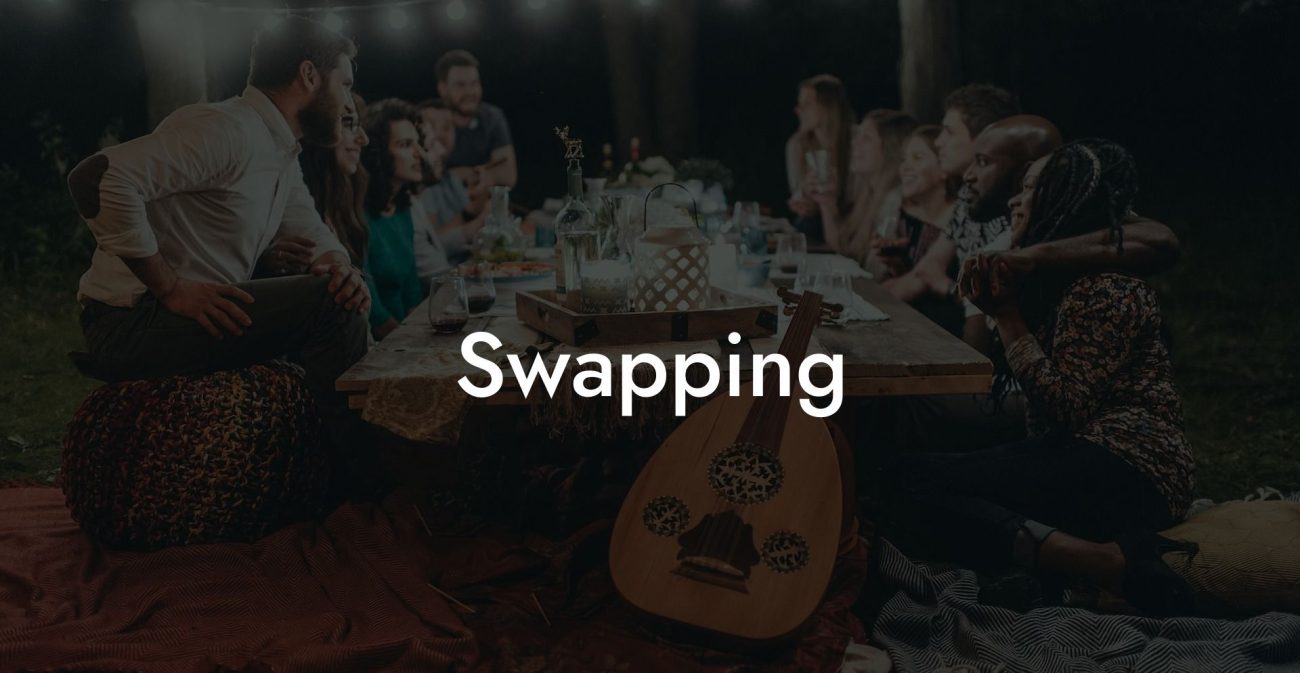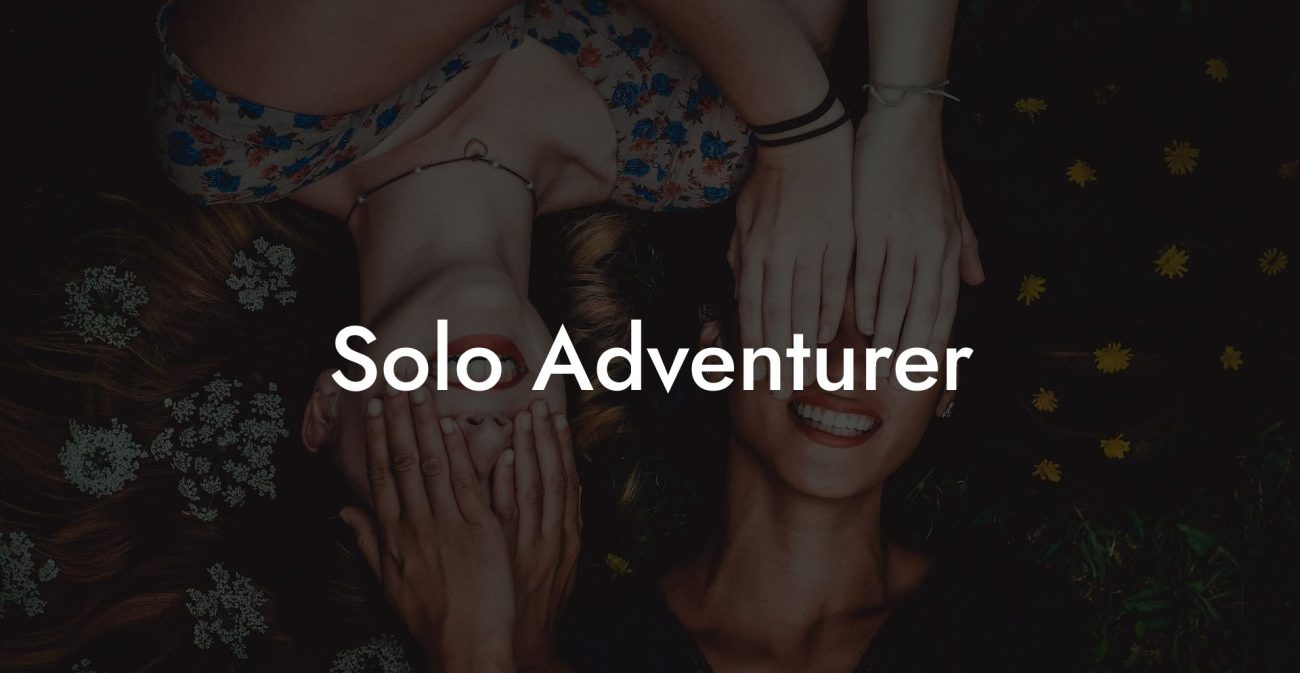Authentic Alliance
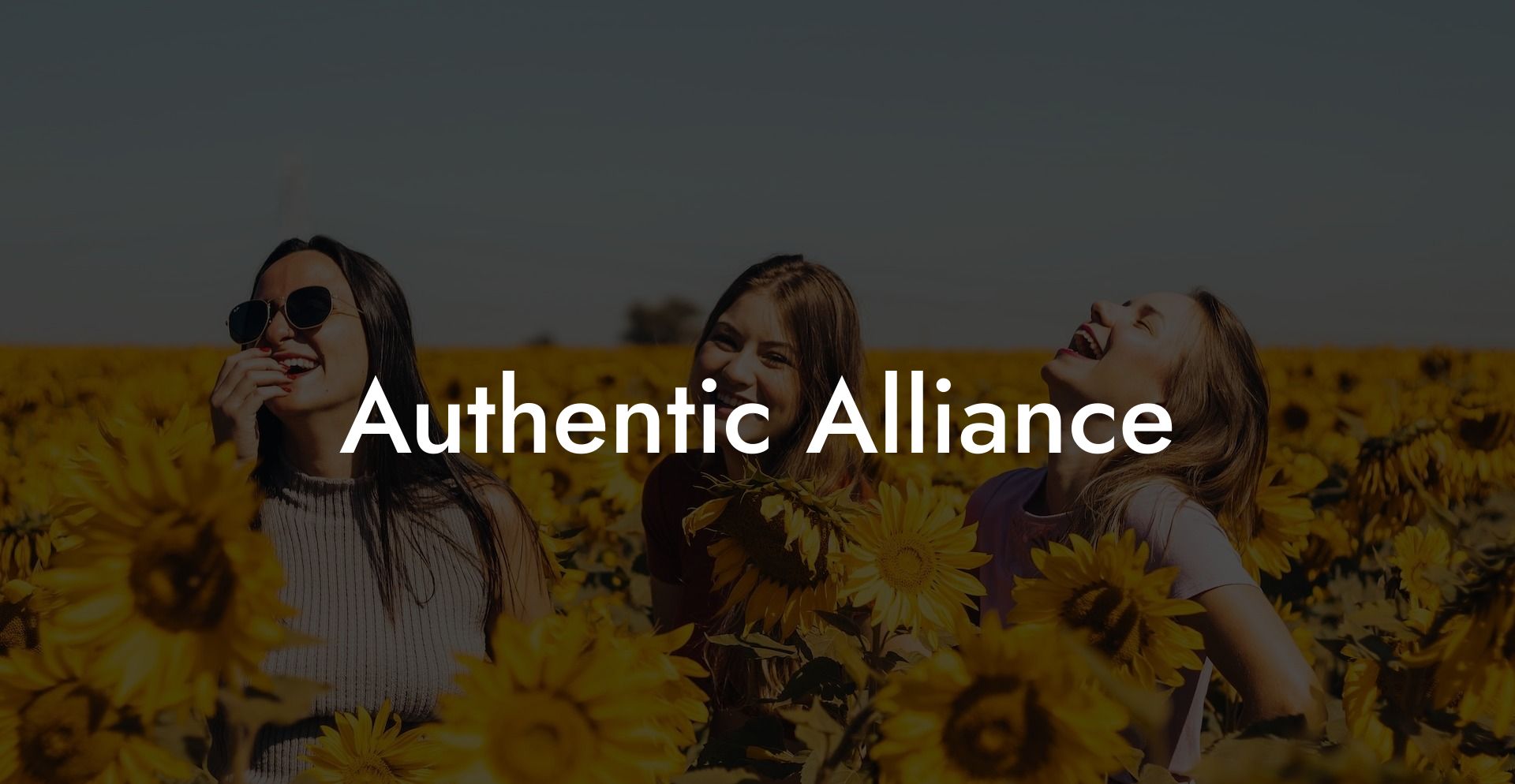
Imagine a dinner party where instead of talking about the latest Netflix hit, people are passionately debating whether exploring extra relationships is a fun experiment or a full-blown lifestyle revolution. Intrigued? You’re not alone. In our modern age of relationship reinvention, many are breaking free from traditional monogamy to embrace new ways of connecting with others. Two of the most popular models in the realm of consensual non-monogamy are open relationships and polyamory. But what exactly sets them apart? Get ready for a deep dive into the fascinating differences between these models—a discussion that’s equal parts enlightening, engaging, and even a little bit hilarious.
Have you ever wondered if monogamy is just a stupid little experiment? Open relationships, polyamory, relationship anarchy...find out which relationship dynamic suits you best with our one minute relationship test. See if you are just conforming to "societal norms". Reveal your truth >>
Quick Links to Useful Sections
- Rethinking Relationship Models: Open Relationships and Polyamory
- Defining Open Relationships
- Everyday Life in an Open Relationship
- Defining Polyamory
- Everyday Life in a Polyamorous Relationship
- Key Differences Between Open Relationships and Polyamory
- Emotional vs. Sexual Focus
- Relationship Structure and Hierarchy
- Communication Demands
- Comparing Benefits and Challenges
- Benefits of Open Relationships
- Benefits of Polyamorous Relationships
- Common Challenges Across Both Models
- Practical Strategies for Success
- Enhance Communication
- Set and Revisit Boundaries
- Prioritize Self-Care
- Build a Support Network
- Frequently Asked Questions (FAQ)
Rethinking Relationship Models: Open Relationships and Polyamory
Defining Open Relationships
At its core, an open relationship is an arrangement where a couple agrees that one or both partners can have sexual or romantic interactions with others outside their primary bond. The main focus remains on a stable, committed core, with external encounters serving as additional experiences—think of it as your main course paired with a side dish of variety. In open relationships, the primary bond is the anchor that offers emotional security and stability, while external interactions provide opportunities for sexual exploration and novelty.
The fundamental principles of open relationships include:
- Mutual Consent: Both partners must openly agree to the arrangement, ensuring transparency in all interactions.
- Clear Boundaries: Specific guidelines determine what kinds of external encounters are acceptable, from casual flings to one-night stands.
- Focus on the Primary Bond: Despite engaging with others, the core relationship remains the central source of emotional support and commitment.
- Flexibility: Open relationships can range from occasional sexual encounters to more regular, structured external dating, depending on what works best for the couple.
Everyday Life in an Open Relationship
In practice, open relationships require ongoing, intentional communication. Couples often schedule regular check-ins to discuss how external interactions are affecting their connection. These check-ins help ensure that the core relationship remains secure even as each partner enjoys the thrill of new experiences. Many couples find that, by keeping the primary bond intact, they can enjoy the benefits of additional sexual variety without sacrificing emotional intimacy.
Imagine a couple that plans a weekly “relationship review” over coffee where they discuss boundaries, share exciting new experiences, and address any feelings of jealousy or insecurity. These routines help keep the connection vibrant and prevent misunderstandings.
Defining Polyamory
Polyamory is a practice that goes beyond merely allowing external encounters—it’s about forming multiple, simultaneous romantic and/or sexual relationships, with all partners fully aware and consenting. Unlike open relationships, which usually center on preserving one primary connection, polyamory emphasizes the formation of several emotionally significant bonds. Picture it as a full-course meal where each dish is prepared with equal care, offering a different flavor and experience.
The core principles of polyamory include:
- Consensual Non-Monogamy: Every relationship is formed with full, informed consent from all involved parties.
- Emotional Depth: Polyamory encourages long-term, emotionally rich relationships, not just casual encounters.
- Flexible Structures: Relationships can be hierarchical, where one or more partners are considered primary, or non-hierarchical, where all connections are viewed as equal.
- Transparent Communication: Ongoing dialogue is essential to negotiate boundaries, discuss feelings, and resolve conflicts across multiple relationships.
- Mutual Respect: Each partner’s needs, autonomy, and individuality are respected and celebrated.
Everyday Life in a Polyamorous Relationship
Life in a polyamorous relationship often involves managing a network of deep, interrelated bonds. This can mean juggling multiple calendars, coordinating group check-ins, and ensuring that every partner feels valued. Many polyamorous individuals describe their experience as having a “rich emotional tapestry,” where each connection contributes uniquely to their well-being.
For instance, one partner might offer intellectual stimulation and deep conversation, while another provides physical affection and creative inspiration. The diversity of these connections can lead to a vibrant, supportive network—but it also demands a high degree of communication, self-awareness, and flexibility.
Key Differences Between Open Relationships and Polyamory
Emotional vs. Sexual Focus
The most notable difference between open relationships and polyamory is their primary focus. Open relationships are generally designed to allow for sexual variety while keeping a strong primary bond intact. External encounters are typically more casual, and while they can be emotionally engaging, the emphasis is more on sexual exploration.
In contrast, polyamory is centered on forming multiple deep, long-term emotional connections. The goal is not merely to add sexual variety, but to build a network of meaningful relationships that each offer a different kind of emotional support.
Relationship Structure and Hierarchy
Structure is another key distinction. In open relationships, there is usually one central relationship that takes precedence, with external encounters occurring on the side. Boundaries are clearly set to ensure that the primary bond remains the cornerstone.
Polyamorous relationships, however, can be structured in various ways. They might be hierarchical, with a designated primary partner, or non-hierarchical, where all relationships are considered equal. This flexibility allows for a broader range of emotional investments and can lead to a more complex network of connections.
Communication Demands
While both models rely on clear communication, the demands differ. Open relationships typically focus on ensuring that external sexual encounters do not undermine the primary relationship. Communication is usually centered on the primary couple.
Polyamory, on the other hand, often involves multi-directional communication. Partners must continuously negotiate boundaries and address the emotional needs of several people, which can be both rewarding and challenging.
Comparing Benefits and Challenges
Benefits of Open Relationships
- Sexual Variety: Open relationships offer the freedom to explore new sexual experiences without compromising the stability of a central, committed bond.
- Focused Stability: The primary relationship remains the cornerstone, providing a secure base from which to experiment.
- Simpler Dynamics: With only one primary connection to manage, couples may find it easier to maintain clear boundaries and manage external encounters.
Benefits of Polyamorous Relationships
- Diverse Emotional Support: Multiple relationships provide a rich network of support, offering varied perspectives and fulfilling different emotional needs.
- Opportunities for Personal Growth: Navigating several deep connections often leads to increased self-awareness and improved communication skills.
- Enhanced Intimacy: Forming long-term, meaningful bonds with more than one partner can lead to a richer, more fulfilling emotional life.
Common Challenges Across Both Models
- Managing Jealousy: Both models require strategies to handle jealousy and insecurity effectively.
- Balancing Time and Energy: Allocating sufficient time and emotional energy among multiple relationships is a constant challenge.
- Maintaining Clear Communication: Ensuring that all partners are heard and understood requires ongoing, dedicated dialogue.
- Social Stigma: Non-monogamous lifestyles can still be met with judgment from those who adhere to traditional norms, adding external pressure to the relationship dynamic.
Practical Strategies for Success
Enhance Communication
Communication is the backbone of both open relationships and polyamory. Try these tips:
- Regular Check-Ins: Schedule frequent discussions with your partner(s) to review boundaries, share experiences, and adjust expectations.
- Active Listening: Practice active listening by giving each person your full attention and reflecting back what you hear.
- “I” Statements: Use “I” statements to express your feelings and needs without casting blame.
- Digital Tools: Utilize shared calendars and messaging apps to coordinate schedules and maintain transparency.
Set and Revisit Boundaries
Clearly define what is acceptable for external encounters and the level of emotional involvement you’re comfortable with. Consider the following:
- Written Agreements: Document your boundaries in a shared document and review it regularly.
- Flexibility: Be prepared to adjust boundaries as your relationships evolve or as new challenges arise.
- Mutual Expectations: Ensure that all partners agree on the boundaries and feel heard during the negotiation process.
Prioritize Self-Care
Maintaining your well-being is essential to managing multiple relationships. Self-care can help you stay emotionally balanced and resilient:
- Regular Exercise: Engage in physical activity to boost your mood and energy levels.
- Mindfulness Practices: Incorporate meditation or journaling to manage stress and enhance self-awareness.
- Personal Interests: Pursue hobbies and activities that bring you joy and fulfillment independently.
Build a Support Network
Connecting with others who understand non-monogamous lifestyles can offer practical advice and emotional support:
- Online Communities: Join forums and social media groups like r/polyamory to share experiences and learn from others.
- Local Meet-Ups: Attend workshops, seminars, and meet-ups focused on ethical non-monogamy.
- Support Groups: Participate in support groups where you can discuss challenges and celebrate successes with like-minded individuals.
Frequently Asked Questions (FAQ)
1. What is the difference between an open relationship and polyamory?
An open relationship allows for sexual or casual romantic encounters outside a primary bond, while polyamory emphasizes forming multiple deep, emotionally significant, long-term relationships with the full consent of all involved.
2. Can a relationship be both open and polyamorous?
Yes, many individuals blend elements of both models, maintaining a primary open relationship while also cultivating additional meaningful, long-term connections with other partners.
3. What are the main benefits of open relationships?
Open relationships offer sexual variety and personal exploration while preserving a stable, emotionally secure primary bond.
4. What are the main benefits of polyamorous relationships?
Polyamorous relationships provide a diverse emotional support network, foster personal growth, and allow for deeper, long-term connections that enrich your overall sense of intimacy.
5. What challenges do both open relationships and polyamory share?
Both models require effective communication, clear boundary-setting, and strategies for managing jealousy and balancing time and emotional energy across multiple relationships.
6. How can I improve communication in my relationship?
Improve communication by scheduling regular check-ins, practicing active listening, using “I” statements, and leveraging digital tools like shared calendars to coordinate schedules.
7. What factors should I consider when choosing between an open relationship and polyamory?
Consider your emotional needs, your desire for long-term deep connections versus sexual variety, how much time and energy you can commit, and your comfort level with managing multiple relationships simultaneously.
8. How does the structure differ between the two models?
Open relationships typically center around a primary bond with supplementary external encounters, while polyamory involves multiple relationships that can be structured hierarchically or non-hierarchically, depending on personal preference.
9. Are there common strategies to overcome jealousy in both models?
Yes, effective strategies include open communication, regular check-ins, practicing mindfulness, and, if needed, seeking professional counseling to work through complex emotions.
10. Where can I find additional resources on open relationships and polyamory?
Additional resources include books like The Ethical Slut by Dossie Easton & Janet Hardy and More Than Two by Franklin Veaux & Eve Rickert, podcasts such as Multiamory and Polyamory Weekly, and online communities like r/polyamory.
11. How can I balance time and energy across multiple relationships?
Use digital tools like shared calendars, prioritize quality time with each partner, and remain flexible to adjust as your relationships evolve.
12. Is it common for people to switch between open relationships and polyamory?
Yes, many people experiment with both models over time as their needs, experiences, and personal growth lead them to explore different ways of forming connections.
Resources and Community Support: Your Next Steps
- The Ethical Slut by Dossie Easton & Janet Hardy – A groundbreaking book that offers valuable insights into ethical non-monogamy and building healthy relationship dynamics.
- More Than Two by Franklin Veaux & Eve Rickert – An in-depth guide with practical advice on navigating the complexities of open relationships and polyamory.
- Podcasts: Tune in to Multiamory and Polyamory Weekly for engaging discussions and real-life experiences on non-monogamous relationships.
- Online Communities: Join forums like r/polyamory to share ideas, seek support, and connect with like-minded individuals.
- Workshops and Webinars: Attend events focused on relationship psychology and ethical non-monogamy to expand your understanding and build a supportive network.
By exploring these resources and applying the practical strategies outlined in this guide, you can develop a clear, informed understanding of the differences between open relationships and polyamory. Embrace open dialogue, continuous learning, and self-care as you shape a relationship dynamic that is authentic, fulfilling, and perfectly aligned with your personal values.
Lost & confused by all of the terms, types and seemingly made up 3 letter acronyms?? We've got you. Check out our Ethnical Non-Monogamy Dictionary >>
Useful Interruption: Not sure which relationship vibe fits you best? Take our Relationship Test, it’ll give you the real insight into your natural relationship style. Then, dive into our binge-worthy guides (from the tried-and-true to the “wait, that’s a thing?”) and find the perfect relationship type for your life:
- Monogamy
- Open Relationships
- Ethical Non-Monogamy
- Solo Polyamory
- Non-Hierarchical Polyamory
- Hierarchical Polyamory
- Relationship Anarchy
- Swinging
Now back to the main article but yeah take the test...

